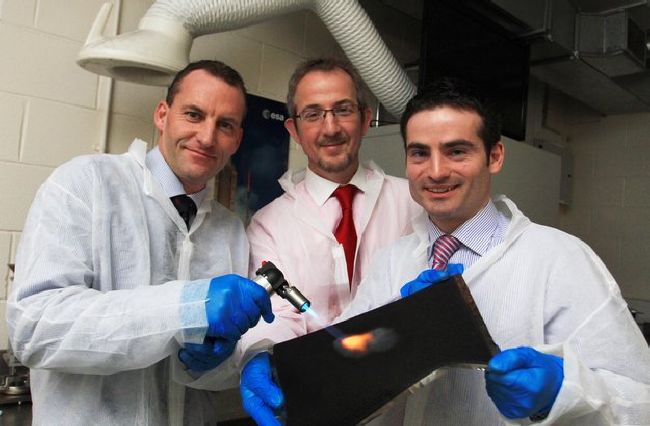Image via ESA
Burnt bone charcoal, used by pre-historic man in cave paintings, will have a new lease on life in space on a European Space Agency (ESA) probe.
With new wonder materials like graphene being developed, it might be surprising to learn this most basic and ancient of materials will be used to protect the ESA’s space probe against the intense glare of the sun and will be applied on the probe’s titanium heatshield.
The application of the substance as a heat-resistant material was discovered by Enbio, an Irish company based at NovaUCD’s Centre for New Ventures and Entrepreneurs, and applied using a technique known as CoBlast used to coat titanium medical implants.
Initially, in 2010, the ESA had been planning to launch its solar orbiter in 2017 to perform high-resolution imaging of our parent star from as close as 42m km – a little more than a quarter of the distance to Earth.
The strains put on a heatshield, even at this distance from our nearest star, has to endure 13 times the intensity of terrestrial sunlight and temperatures rising as high as 520°C.

The Enbio team: Nigel Cobbe, vice-president of business development; John O’Donoghue, CEO; and Dr James Carton, industrial surfaces programme manager.
The best material available
Amazingly, Enbio’s CoBlasting technique using burnt bone charcoal, known in reflective terms as ‘Solar Black’, provided the best material to absorb the heat and reflect it away from the space probe’s important instruments.
Speaking about the work on the project, Enbio’s managing director, John O’Donoghue, said: “The process works for reactive metals like titanium, aluminium and stainless steel, which possess a surface oxide layer.
“The big advantage is that the new layer ends up bonded, rather than only painted or stuck on. It effectively becomes part of the metal – when you handle metal you never worry about its surface coming off in your hands.”
In initial stages of testing, carbon fibre was ruled out as it had the potential to shed material or outgas vapour and could also lead see the shield creating a build-up of static charge.